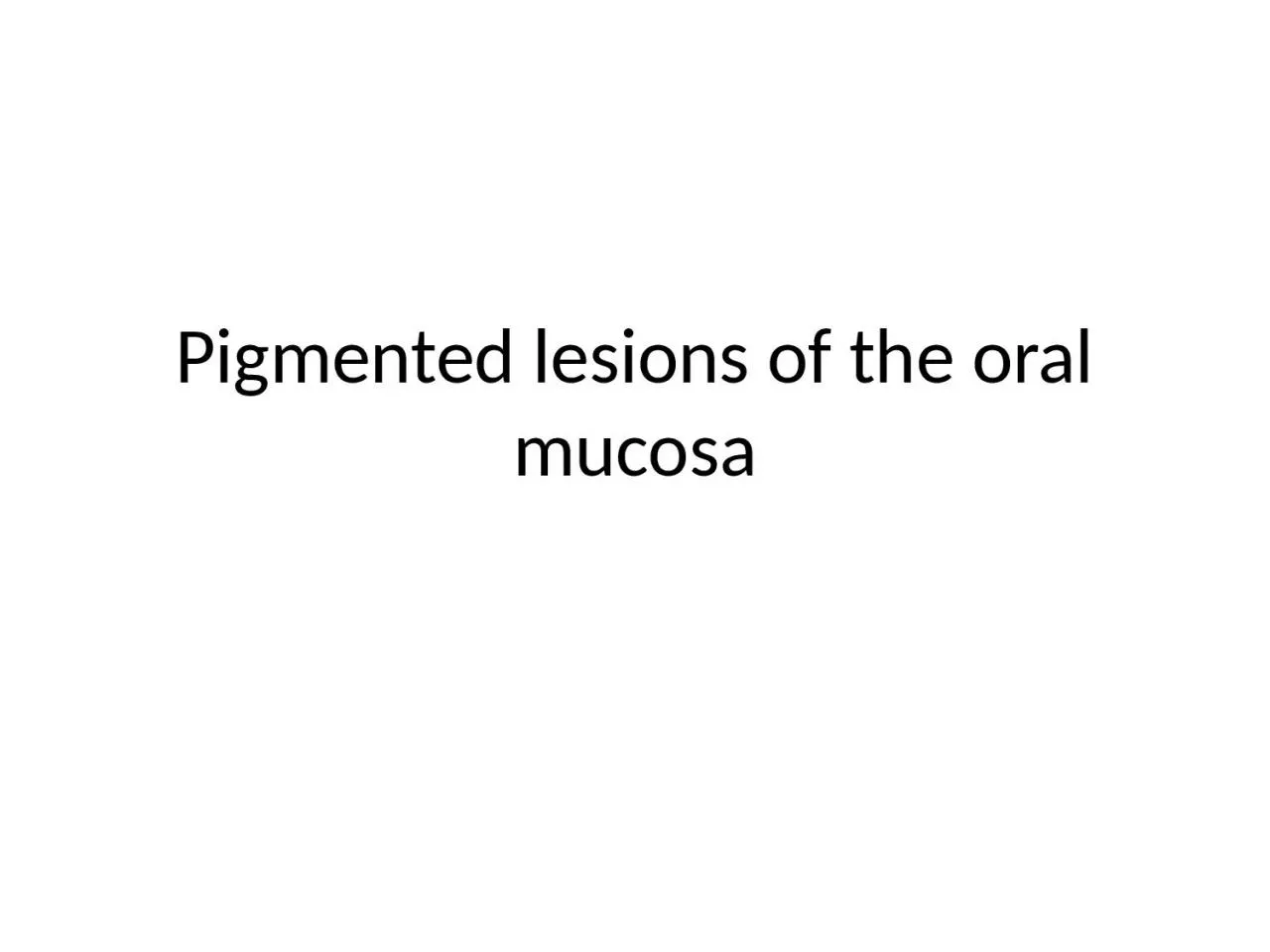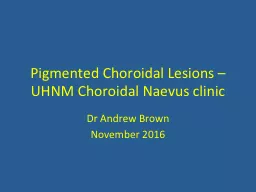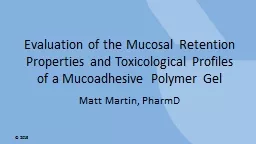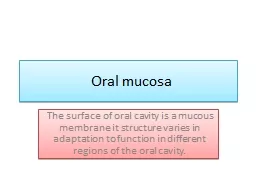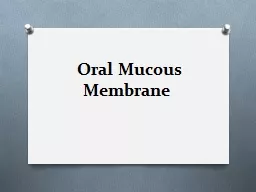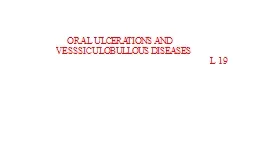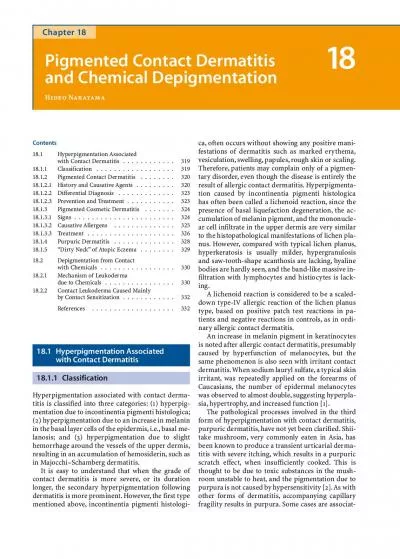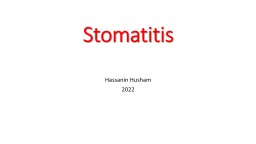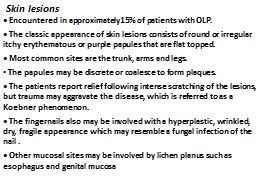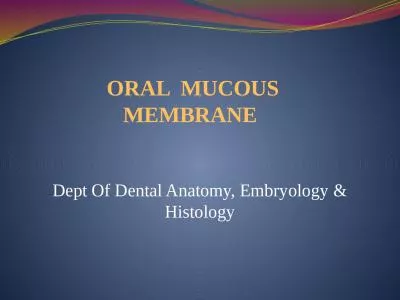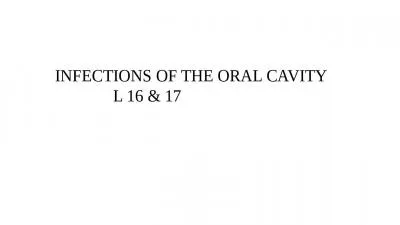PPT-Pigmented lesions of the oral mucosa
Author : everly | Published Date : 2024-03-13
Brown melanotic lesions Ephelis and oral melanotic macule Nevocellular nevus and blue nevus Malignant melanoma Drur induced melanosis Physiologic pigmentation
Presentation Embed Code
Download Presentation
Download Presentation The PPT/PDF document "Pigmented lesions of the oral mucosa" is the property of its rightful owner. Permission is granted to download and print the materials on this website for personal, non-commercial use only, and to display it on your personal computer provided you do not modify the materials and that you retain all copyright notices contained in the materials. By downloading content from our website, you accept the terms of this agreement.
Pigmented lesions of the oral mucosa: Transcript
Download Rules Of Document
"Pigmented lesions of the oral mucosa"The content belongs to its owner. You may download and print it for personal use, without modification, and keep all copyright notices. By downloading, you agree to these terms.
Related Documents

